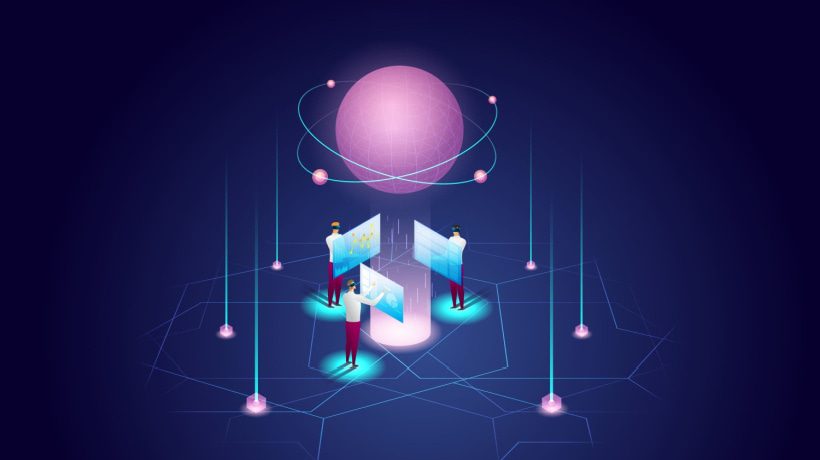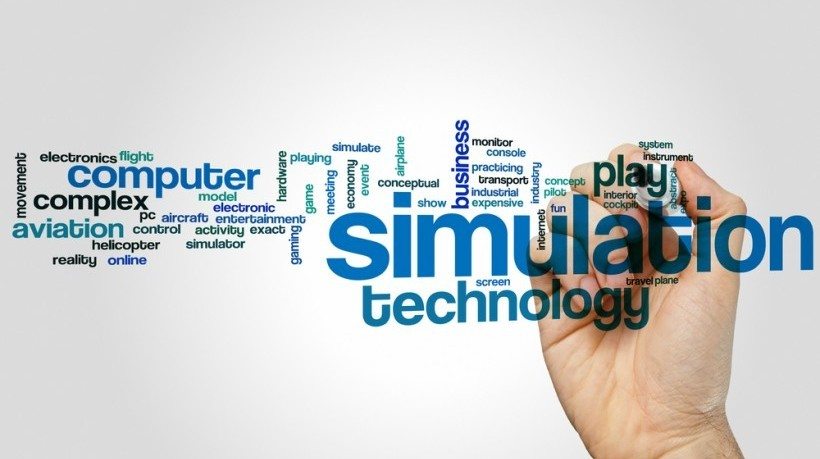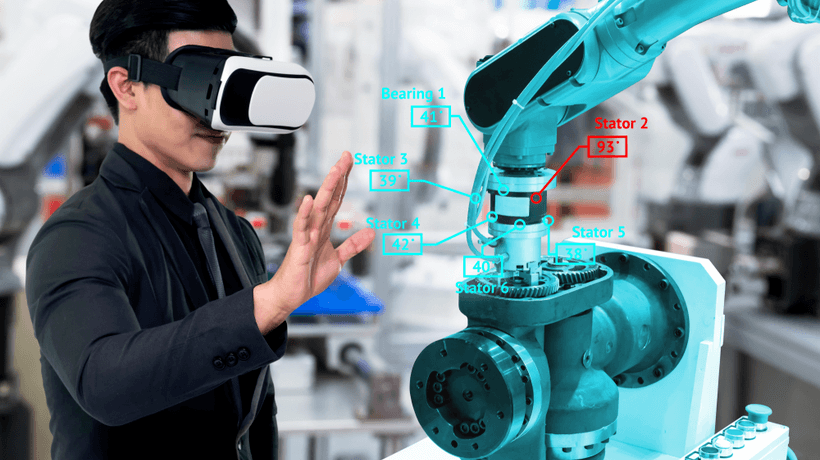A New Era Of Learning Requires A New Kind Of Engagement
As AI continues to transform industries and reshape the global workforce, educational institutions face a critical challenge: How do we prepare students for a world where adaptability, decision making, and real-world problem solving are essential? This is where experiential learning with business simulations becomes a powerful solution, offering students a way to actively apply knowledge, make decisions, and learn through real-world contexts.
Traditional lecture-based learning, while still valuable, often falls short in cultivating these deeper competencies. That's where experiential learning, and more specifically, business simulation-based learning, steps in as a powerful, scalable, and engaging solution.
What Is Experiential Learning And Why Does It Matter?
Experiential learning is a student-centered approach that emphasizes learning through doing. Instead of passively receiving information, learners actively engage in realistic tasks, reflect on their actions, and adapt their strategies. This hands-on model is not only more engaging, but it also significantly improves long-term retention and the ability to apply concepts outside of the classroom.
When paired with business simulations, experiential learning becomes even more powerful. Students are placed in decision-making roles where their choices affect outcomes. These simulated environments mimic the unpredictability and complexity of real-world business situations, allowing learners to make mistakes and learn from them in a low-risk setting.
This is especially valuable in today's fast-evolving economy, where theoretical knowledge alone is no longer enough. Employers are increasingly looking for graduates who can think critically, adapt quickly, and act confidently, skills that are best cultivated through immersive, experiential methods.
Experiential Learning With Business Simulations For Critical Thinking
Business simulations immerse students in lifelike scenarios where they must make decisions, face consequences, and adjust their strategies in real time. These experiences replicate the pressure and complexity of real-world business environments, fostering key skills such as:
- Decision making under uncertainty.
- Critical thinking and prioritization.
- Cross-functional collaboration.
- Ethical reasoning.
- Resource allocation and trade-offs.
Various platforms offer these simulations in the form of guided entrepreneurial journeys, allowing students to launch virtual startups, manage growth, pivot strategies, and learn from mistakes in a low-risk environment.
AI-Powered Support: Elevating The Learning Experience
What makes this even more relevant in 2025 is the growing role of AI in education. AI-powered assistants embedded in simulation platforms now offer real-time support to learners by:
- Answering theoretical questions on business concepts.
- Providing personalized feedback based on simulation choices.
- Adapting challenge levels to the learner's pace and understanding.
- Supporting instructors in monitoring engagement and outcomes.
This combination of AI and experiential learning ensures that no student is left behind and that instructors can scale individualized support more effectively than ever before.
Classroom Benefits Of Simulation-Based Learning
For instructors, business simulations are more than just gamified activities; they are Instructional Design tools that deliver real pedagogical value. Here are some of the key benefits:
- Higher engagement levels
Students are more motivated when they see the impact of their decisions in real time. Active involvement fosters curiosity and sustained focus, especially for digital-native learners who thrive on interactivity. - Deeper concept understanding
Learning becomes contextual and connected to action. Students are more likely to grasp abstract business theories when they apply them in simulated, narrative-driven environments. - Skill transferability
Through simulations, students develop a wide range of soft and hard skills, including strategic thinking, communication, problem solving, budgeting, and leadership, that align directly with future work environments. - Scalable learning
Simulations can be implemented across various disciplines, including business, marketing, economics, finance, and even healthcare. With flexible digital platforms, instructors can tailor content to different education levels and learning goals. - Reduced academic dishonesty
Because each student's path is decision-based and dynamic, simulation-based learning naturally discourages cheating. There are no static questions to copy; each experience is personalized based on choices, which encourages genuine participation and critical thinking. - Support for hybrid and remote classrooms
In an era where many institutions offer flexible or online learning options, simulations provide a consistent, engaging experience that works across learning environments. Whether in-person or remote, students remain active participants in their education.
Preparing Students For The 2025 Workforce
In a global economy where automation is displacing jobs and entrepreneurial thinking is increasingly valued, equipping students with hands-on business experience, even in virtual form, is a strategic imperative.
Simulation As The Bridge Between Theory And Impact
Simulation-based learning is no longer a futuristic concept; it's here, it's practical, and it's highly effective. As AI becomes a co-pilot in education, pairing it with experiential tools like business simulations provides a powerful way to close the gap between classroom learning and real-world readiness.
Whether you're teaching entrepreneurship, economics, or even leadership, integrating simulations into your curriculum is one of the most impactful ways to ensure your students don't just learn; they experience, reflect, and grow.









